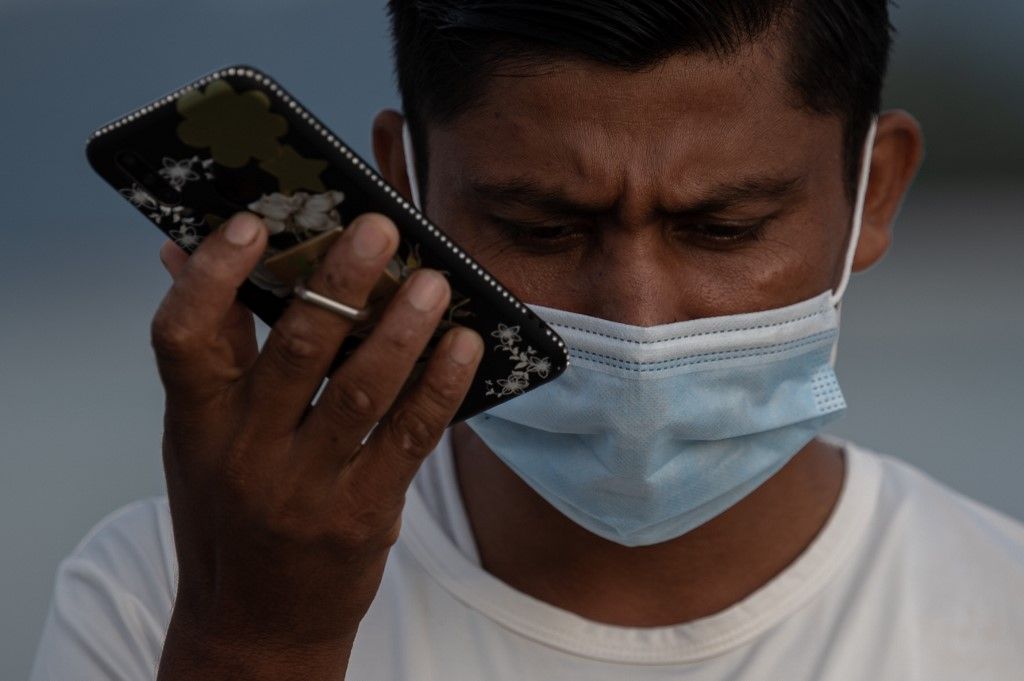The spread of the coronavirus has already made us paranoid. One has to be extra careful while going out or even staying at home. Germs, anyway, are present in abundance and with the onset of the pandemic, we have to be careful of the surfaces that we touch.
A mobile phone is one such item that we use in our daily life and also sanitise it whenever we can. But does it still carry germs? Scientists at the University College London have developed a method that will help you test your smartphone and your smartphone screen for the virus.
The study was led by Dr Rodrigo Young of University College London.
According to an Indian Express report, Phone Screen Testing (PoST) is non-invasive, inexpensive and equally accurate as compared to regular PCR testing, the scientists have reported in the journal eLife.
But why smartphones
When people cough, sneeze or talk, they leave droplets on the surfaces. And as previous studies have shown, that SARS-CoV-2 can be detected from various kinds of surfaces, including their phones.
“Smartphones are personal objects that are constantly exposed to people’s mouths, their screens becoming a likely contaminated surface. Therefore, we hypothesised that Covid-19 contagious individuals will regularly deposit aerosols, droplets of saliva, or upper respiratory tract secretions containing shed SARS-CoV-2 virions, over the screen of their phone,” Indian Express quoted the authors as saying.
How’s the PoST done?
The test includes collecting samples from the phone screen with regular swabs but unlike the RT PCR test, the swab is dipped in a saline water solution.
“The sample is then subjected to a regular PCR like for clinical samples,” IE quoted Dr Young as saying.
The study was performed on 540 individuals in double-blind conditions who underwent both PoST and regular PCR testing.
What’s the accuracy?
The test detected the virus on the phones of 81.3% to 100% of contagious people with a high viral load.
Of the 540 individuals, 51 tested positive for SARS-CoV-2 in RT-PCR done on nasal/throat swab samples. Out of those, 15 had a low Ct value (under 20) — and these also tested positive in PoST.
This suggested that the ability of PoST to identify positive individuals (sensitivity) is 100% in individuals with high viral load.







